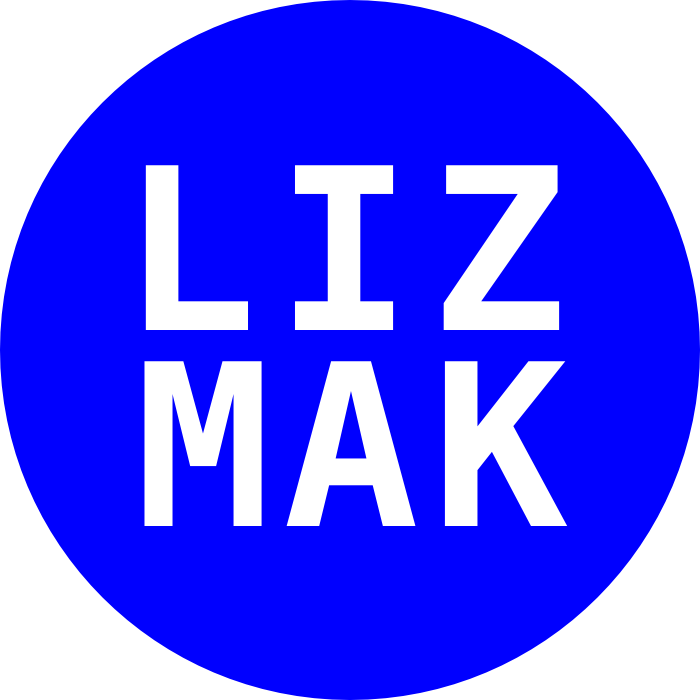
Guggenheim Website Redesign
UX, UI, Information Architecture
I redesigned the Guggenheim Museum’s website for an existing user persona, Florence. She’s an art student who enjoys visiting exhibitions all over the city— when her busy schedule allows for it. She’s not always aware of upcoming exhibitions and needs to find museum information to allow her to plan her visit in advance.
Through information architecture methods such as card sorting, tree testing, and a heuristic evaluation, I learned that the Guggenheim’s website was difficult to navigate, despite it being full of educational resources, primarily because the labels did not mean what users expected them to.
I hypothesized that rearranging the primary/secondary/utility navigations and clarifying the labels within would provide Flo with more immediate and relevant information. I also brought a “random artwork“ widget I found while creating the site map further up to make it more discoverable and to bring some unexpected delight to Flo. The second round of tree testing showed an improved success rate of 50%, up from 18%.
🤔 Problem
The website’s content is not easily findable; closed card sorting of the current site content and structure yields a 58% sorting in rate. Further, a site map shows a lot of buried content.
💡 Insights
Labels used in the current navigation menus don’t fit users’ mental models. There is also a lot of content relevant to Flo that isn’t readily accessible from primary/secondary navigation.
😎 Solution
Redefine labels according to what information users expect them to stand for and add new categories to bring clarity to the content. Second round of card sorting yielded 75% sorting in rate.


Left: the persona received from the client for this exercise; Right: Flo’s user, well, flow that I created based on the existing layout of the Guggenheim website
Click the images to enlarge
About our user persona
Card Sorting
Round 1:
Categories pulled from current website
Round 2:
• Kept “Engage“ label, but restructured content under it to fit users’ mental models
• Added “Exhibitions“ label to keep information separate from permanent collection
• Renamed “Research“ to “Research & Resources“ to show users where supplementary and education content are
The first round of card sorting revealed that users struggled most with the meaning of the “Engage“ label. The current website uses it to describe supplementary content such as audio, video, and blog entries. However, users expected it to show ways to interact physically with the museum.
“(Engage) means to get involved. I would expect to see a place to volunteer or participate. It’s not descriptive enough.”
—Tester #3 from Round 1
For round two, I rearranged the site’s content so that the “Engage“ label would now encompass pages such as Group Visits, Teen Programs, Museum Initiatives and Internships— ways that visitors could interact with the museum. The higher rate of cards sorted in showed that the changes conformed better to users’ mental models.
Additionally, with Florence in mind, keeping “Engage“ on the homepage would also serve her art student needs without the confusion of its previous meaning. Information on initiatives and internships were previously buried in pages that could only be accessed through secondary navigation.



